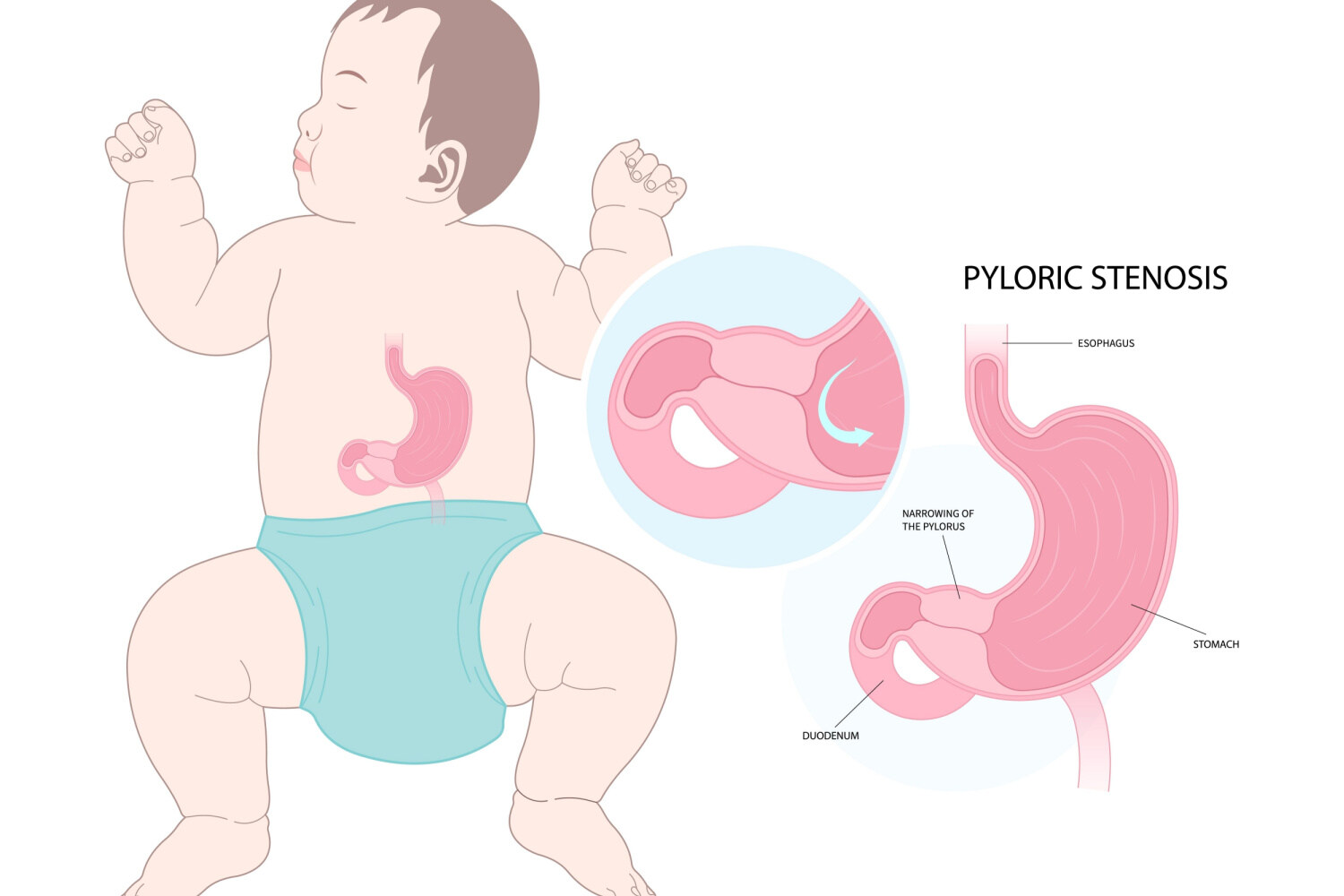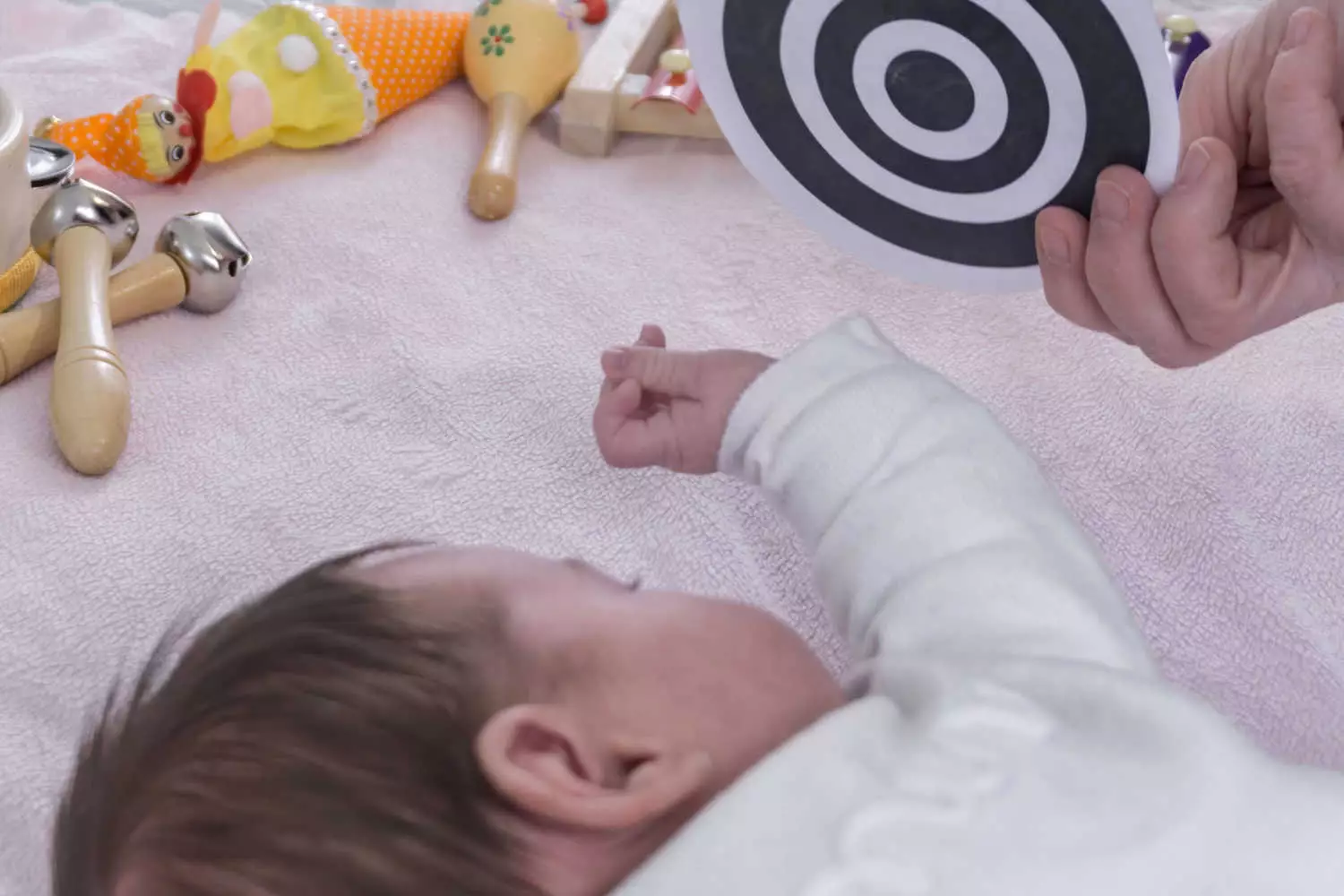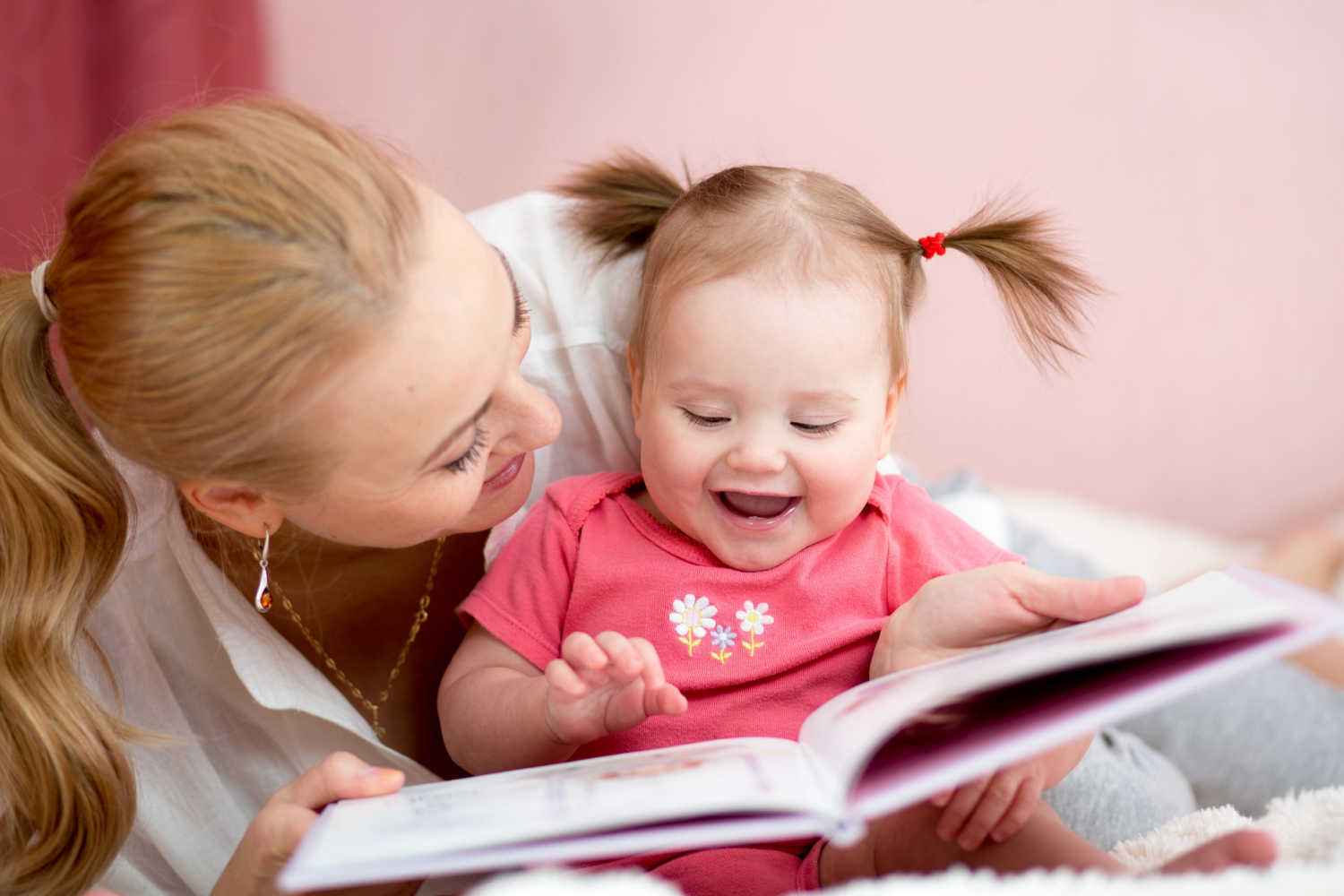
Complete Baby Proofing Checklist For Babies Ready to Walk
6 min readWritten by Tarasha Chandra


Walking is a milestone which offers independence to the toddler. Along with it though comes a new set of challenges as well. Baby becomes stronger with age and explores areas, not in reach earlier in the crawling stage. It is important to have a safe environment for the baby when they start walking so that they can explore better. It is important for parents to understand the important baby proofing checklist for babies who are ready to walk and make changes accordingly.
Childproofing is a gradual process which happens as per the age and development of the baby. New challenges emerge with the growth of the baby so new safety layers must be there in the house. As the baby is ready to walk it is time for the parents to be watchful and see if there are any threats to the child, something that needs to be replaced, fixed, or disposed of etc.
In This Article
- What is Baby Proofing?
- When do Babies Start Walking?
- Why is Childproofing Important Before Babies Start Walking?
- Complete Baby Proofing Checklist For Babies Ready to Walk
- FAQ’s
What is Baby Proofing?
Baby proofing or childproofing is a generic term which refers to making the baby’s surroundings safe and secure. This is important for avoiding any potential threats when the baby starts crawling, walking and exploring unattended spaces or objects. In simple language, keeping the sharp objects out of reach, at high spots, and covering the edges of furniture so that while getting up or walking the baby does not get hit on his head or any other part, all form a part of babyproofing. Baby proofing ensures a safe and hassle-free environment keeping parents worry-free.
When do Babies Start Walking?
Each baby reaches the walking milestone at a different age. Some babies may take their first steps by their first birthday, while others may take up to 14th to 15th month to take their first steps.
Cruising is the precursor to baby walking where babies will hold furniture or take the help of anything supportive to slowly try and take their steps. Typically, most babies reach this milestone by their 9th or 10th month.
Babies need to be able to practice cruising and gather enough confidence to let go of the support and start taking independent steps. At 1 1/2 years, your toddler should be able to take steps without support. If this doesn’t happen, you may need to check with the pediatrician.
Why is Childproofing Important Before Babies Start Walking?
It is important to childproof the house to give a safe environment for the baby to explore. It even builds confidence in the baby and keeps them safe as with time they only increase their mobility.
Complete Baby Proofing Checklist For Babies Ready to Walk
Here is a room-wise break up of babyproofing your home so that your baby can walk safely.
1. In the Living Room

The living room is an important place in the house. As the baby can reach all rooms it is better to babyproof it beforehand by following the tips below:
- Install child gates to limit the movement of your baby to the safer areas of your house. Stairs, entry to swimming pools, kitchen, washing machine area, car garage – all these areas must have a child gate installed.
- Keep the heavy furniture in the corner so that the baby does not get hurt.
- Give ample space for the baby to walk and try and secure the music system, television, paintings, etc. to the wall to prevent them from falling.
- Always use a window guard so that the window does not open fully to prevent the baby from falling.
- Keep all delicate items at a very high place as now the baby can walk and even take support and reach a few places, So, it is best to keep it very high.
- Hide the cords of phones and television as the baby can trip on it.
- Use corner guards to cover the edges of furniture.
- Keep the houseplants away from the reach of the walking baby.
- Lock the doors where there can be any potential threats for the baby.
- Keep shaky items behind sturdy furniture.
- Do not let the baby access heaters or fireplaces.
[Read : Fall Prevention in Babies]
2. In the Kitchen

The kitchen has many items that can prove dangerous for the baby, especially knives and the gas. Thus, childproofing should not be missed at this place. Below are the pointers that help
- It is important to install safety latches on the drawer, cabinets, doors of the oven, microwave etc. which are in the reach of a walking baby. Also have a child gate installed in case your kitchen doesn’t have a door.
- It is especially important to have guards on the oven and stove knobs as well.
- Keep cleaning products, and plastic wraps away from the access of your toddler.
- Drawers must have safety latches for keeping sharp objects like knives etc.
- Fridge magnets or dog or cat food are not safe, so should either be removed or kept at a higher place.
[Read : Baby Proof Your Kitchen: Ultimate Checklist]
3. In the Bathroom
A bathroom is a place where the baby takes a bath and gets curious about the different things kept, especially the bottles, soap etc. It is important to keep the following in mind while childproofing.
- Store all appliances with cords, including hair dryers, flat irons, etc.
- Secure the toilet with a safety lock.
- Secure the medicine cabinet and make sure all medicines have childproof tops and are out of the baby’s reach.
- Store shampoos and other bath items instead of leaving them in the shower.
[Read : How To Keep Your Bathroom Safe For Your Child]
4. In the Bedroom

The room where your baby sleeps and spends time with you can get him curious for exploration. Given pointers help in childproofing the bedroom:
- Block electrical outlets with furniture or outlet covers.
- Keep the bed corners fastened with a child lock or cover.
- Keep the perfumes and other cosmetics in a place where the child cannot even reach with support.
- Unplug the charger or any other electrical equipment.
- Keep the medicines away or locked.
- It is dangerous to keep sharp objects in the open and not in drawers or cupboards with child locks.
5. In the Garage and Backyard
This area is not accessible to the baby when they are crawling but once they start learning to walk, no place stays untouched. The following are the places that need childproofing.
- Install a fence around the pool high enough for the baby to reach, a pool alarm and a lock for hot tub as well.
- Block access to the garage and backyard by installing child gates.
- Store all gardening tools in an area that the baby cannot reach.
Thus, babyproofing or childproofing ensures the safety of growing kids which has to be done at different stages. Different precautions must be taken at different ages of your little one. If you have a baby at home, do make a list of precautions.
FAQ’s
1. Is it OK to Let a Baby Fall When Learning to Walk?
It is ok to let the baby fall when they are learning to walk. In fact, babies keep falling since they are not pros at balancing and coordination yet. As long as your home is babyproofed there is nothing to worry.
2. Why Do Babies Fall So Much When Walking?
Babies fall more when they learn to walk due to a lack of balance and coordination which improves with time.
3. How Many Times Do Babies Fall While Walking?
There is no count for the babies to fall while they learn to walk. It is a time-taking process and differs from one baby to another. As per research a two year old baby falls 40 times in a day due to less strength and balance.

Tarasha Chandra,PGDPM
She loves to dance, listen to music, cook, and read in her free time. She is transparent, intuitive, quick-witted, and loves to spend time with her near and dear ones. She believes in taking each day as it comes.Read more.
Responses (0)
Want curated content sharply tailored for your exact stage of parenting?
Related articles

Pyloric Stenosis in Babies – Causes, Symptoms & Treatment

Top 10 Amazing Baby Boy Photoshoot Ideas to Try at Home

Cytomegalovirus (CMV) in Babies – What is it, Causes, and Treatments

Black and White Sensory Toys For Newborns – How it Helps in Baby’s Development

Top Activities For a 8 Month Old Baby – Benefits and Tips For Parents

Top 8 Classic Children’s Books You Should Read to Your Baby in First Year
Sponsored content
Discover great local businesses around you for your kids.
Get regular updates, great recommendations and other right stuff at the right time.





